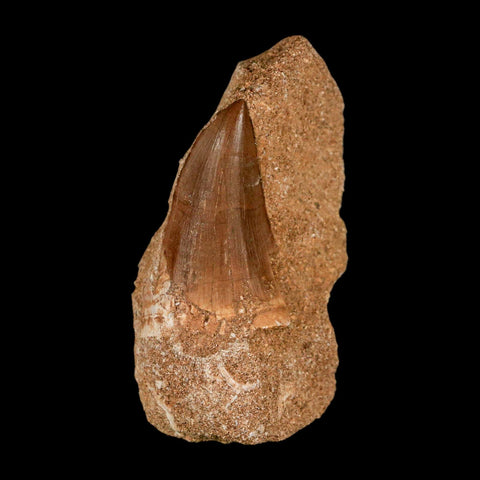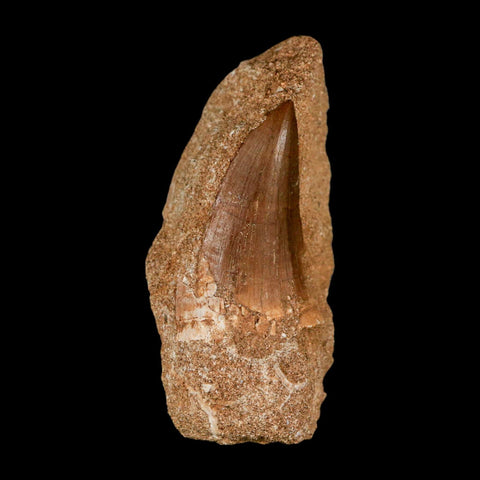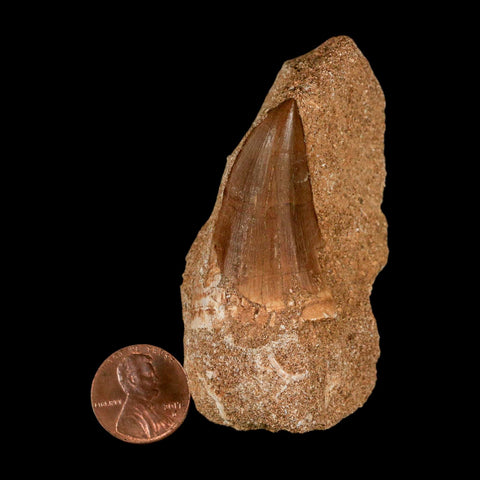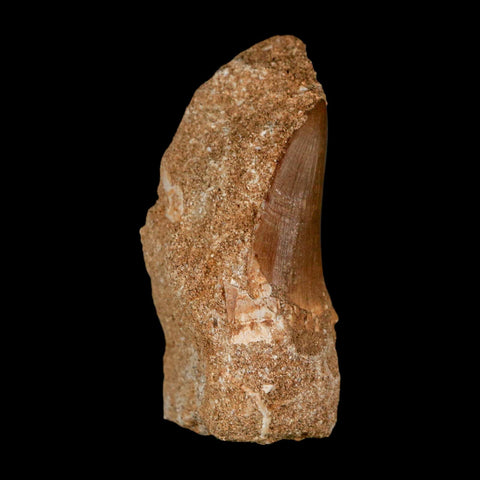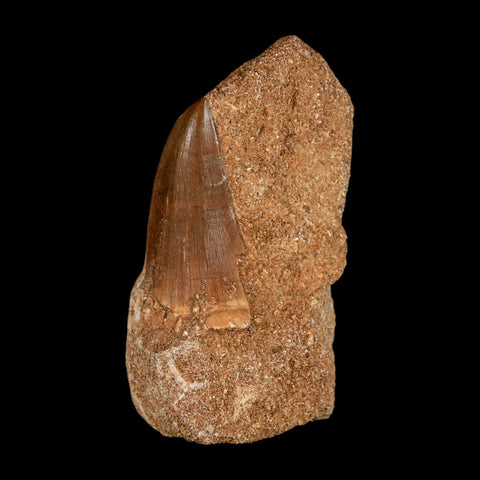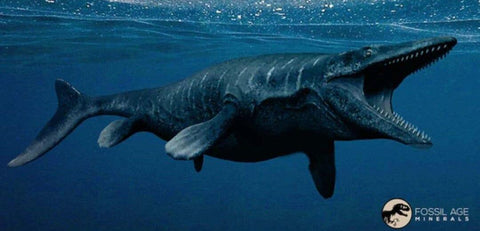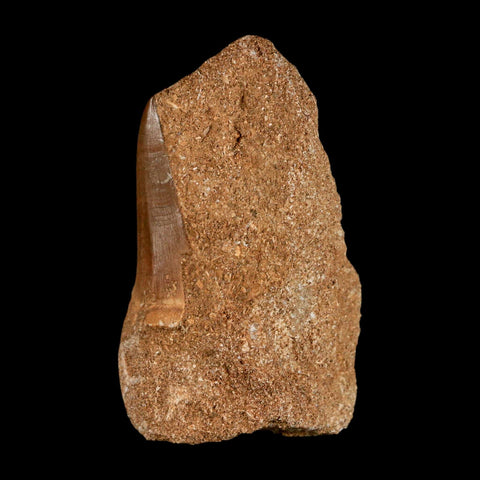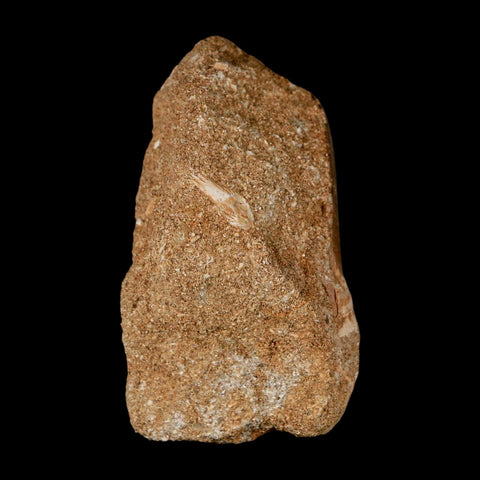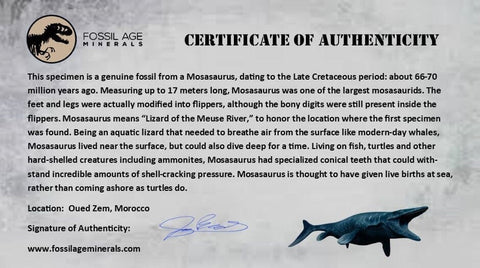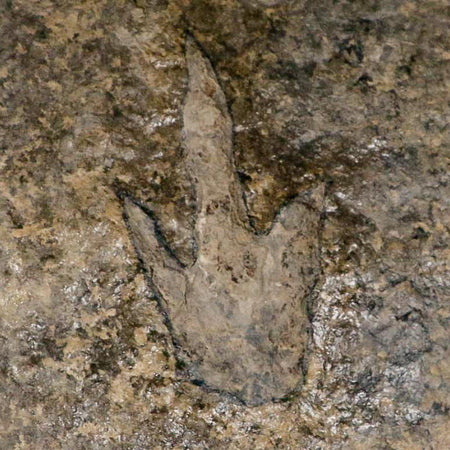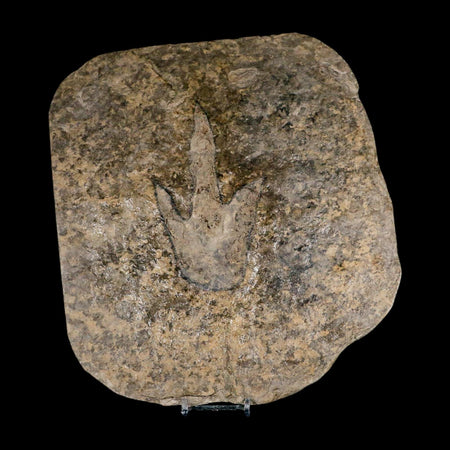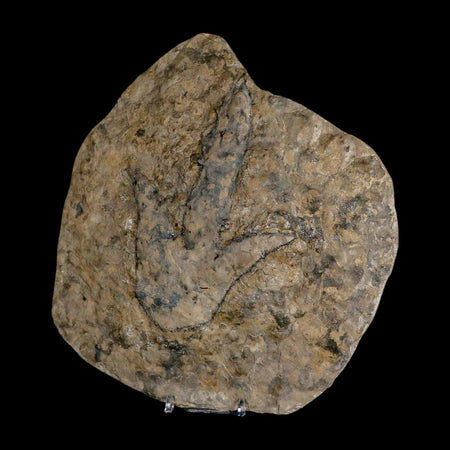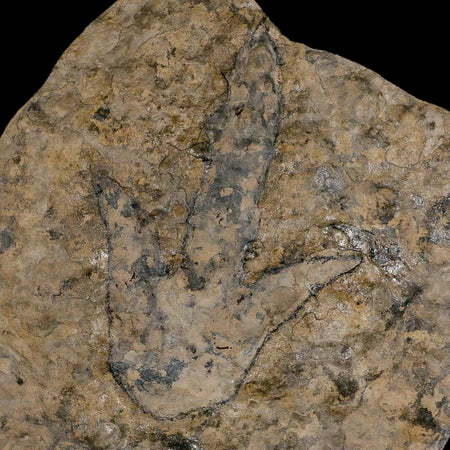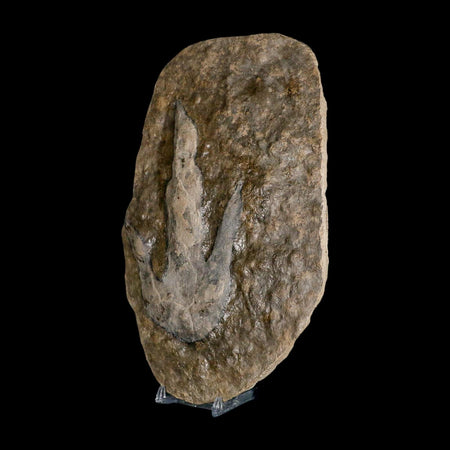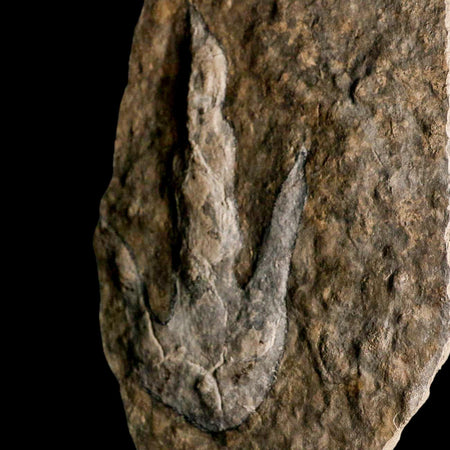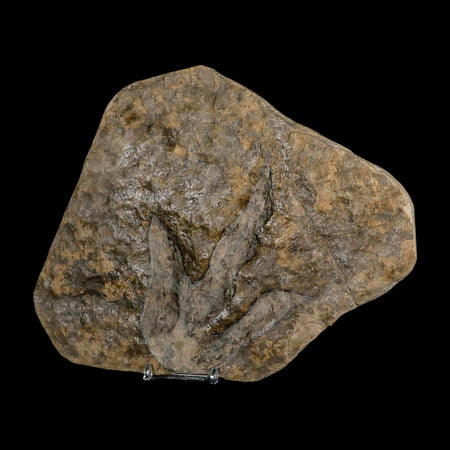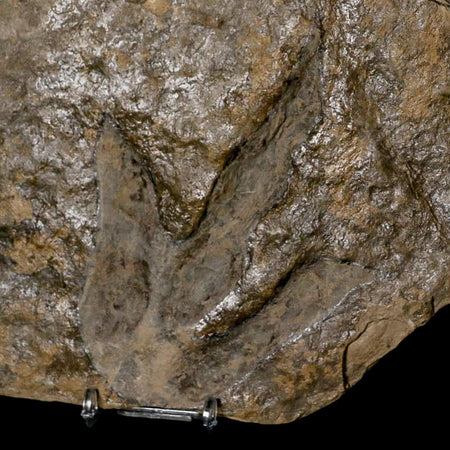1.5" Tylosaurus Mosasaur Fossil Tooth In Matrix Upper Cretaceous Dinosaur Era COA
Location: Oued Zem, Morocco
Weight: 3.5 Ounces
Dimensions: 2.9 Inches Long, 1.6 Inches Wide, 1.2 Inches Thick (Matrix)
Mosasaur Tooth Dimensions: 1.5 Inches Long, 0.9 Inches Wide
Comes with a Certificate of Authenticity.
The item pictured is the one you will receive.
100 - 66 Million Years old, Upper Cretaceous, Maastrichtian Epoch.
Tylosaurus belonged to a group of large marine reptiles called mosasaurs that lived in the Late Cretaceous period, about 85 to 65 million years ago. Known as top predators, they rank among the largest mosasaurs found. Fossils of Tylosaurus have been discovered across North America, Europe, and Australia, but there is no indication that this genus lived in Morocco.
Morocco, situated in North Africa, boasts a rich fossil heritage featuring a variety of ancient marine species. The mosasaurs uncovered in Morocco, including genera like Prognathodon and Mosasaurus, differ from Tylosaurus. Although these Moroccan mosasaurs exhibit traits comparable to those found elsewhere, they belong to separate, distinct species.
Squalicorax pristodontus: Squalicorax pristodontus is an extinct species of crow shark that lived during the Late Cretaceous period. It was one of the largest species within the Squalicorax genus, reaching lengths of up to 4.8 meters (16 feet). The teeth of S. pristodontus were notably large, loosely spaced, and serrated, allowing it to consume relatively large prey and carrion. This species had a global distribution, with remains found in North America, France, the Netherlands, Egypt, Morocco, and Madagascar.

Please be aware of the nature of fossils:
Being buried under the ground for millions of years under tons of pressure tends to be rough. No fossil comes out of the ground whole and perfect. Most fossils have undergone some restoration, while others are altered by man simply to enhance their presentation in different ways. The workers in Morocco do a very professional job of unearthing and preserving these natural treasures; however, commonly, natural cracks are visible on the surface. These are part of the natural beauty of the fossil and are not considered defects.


